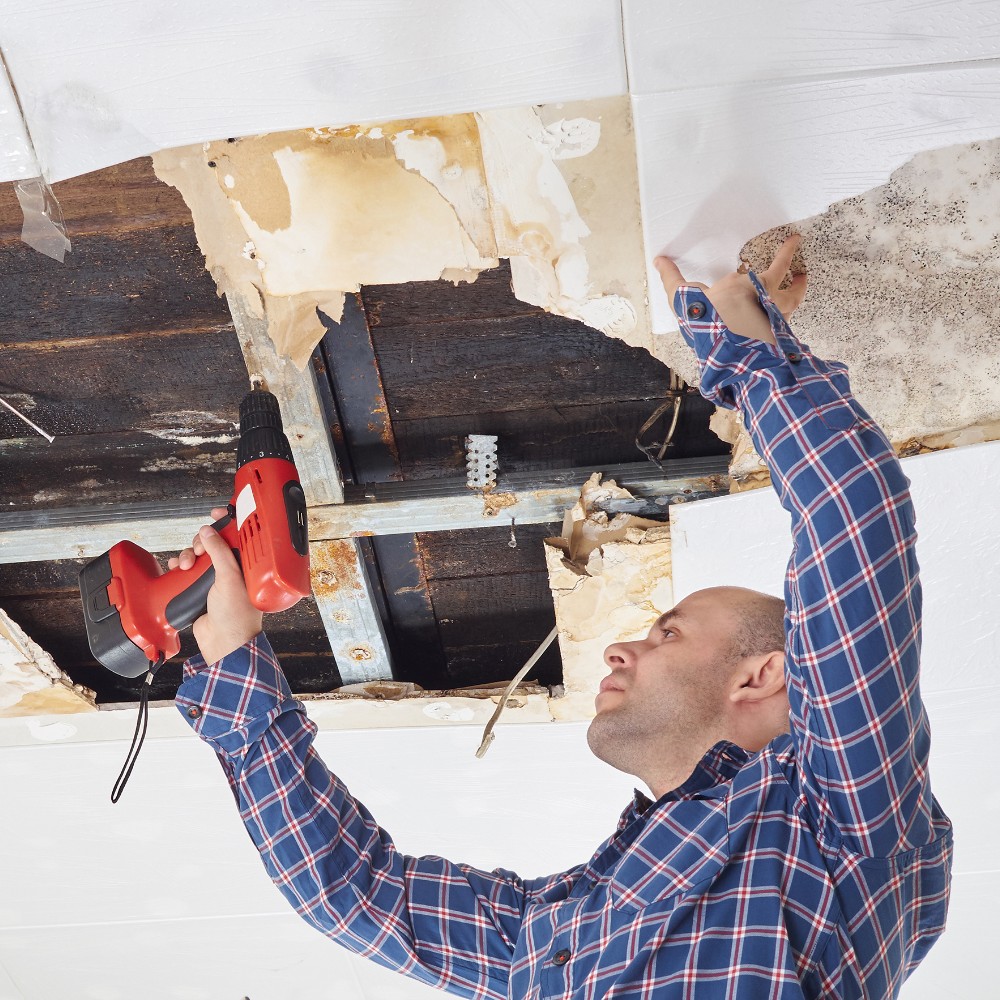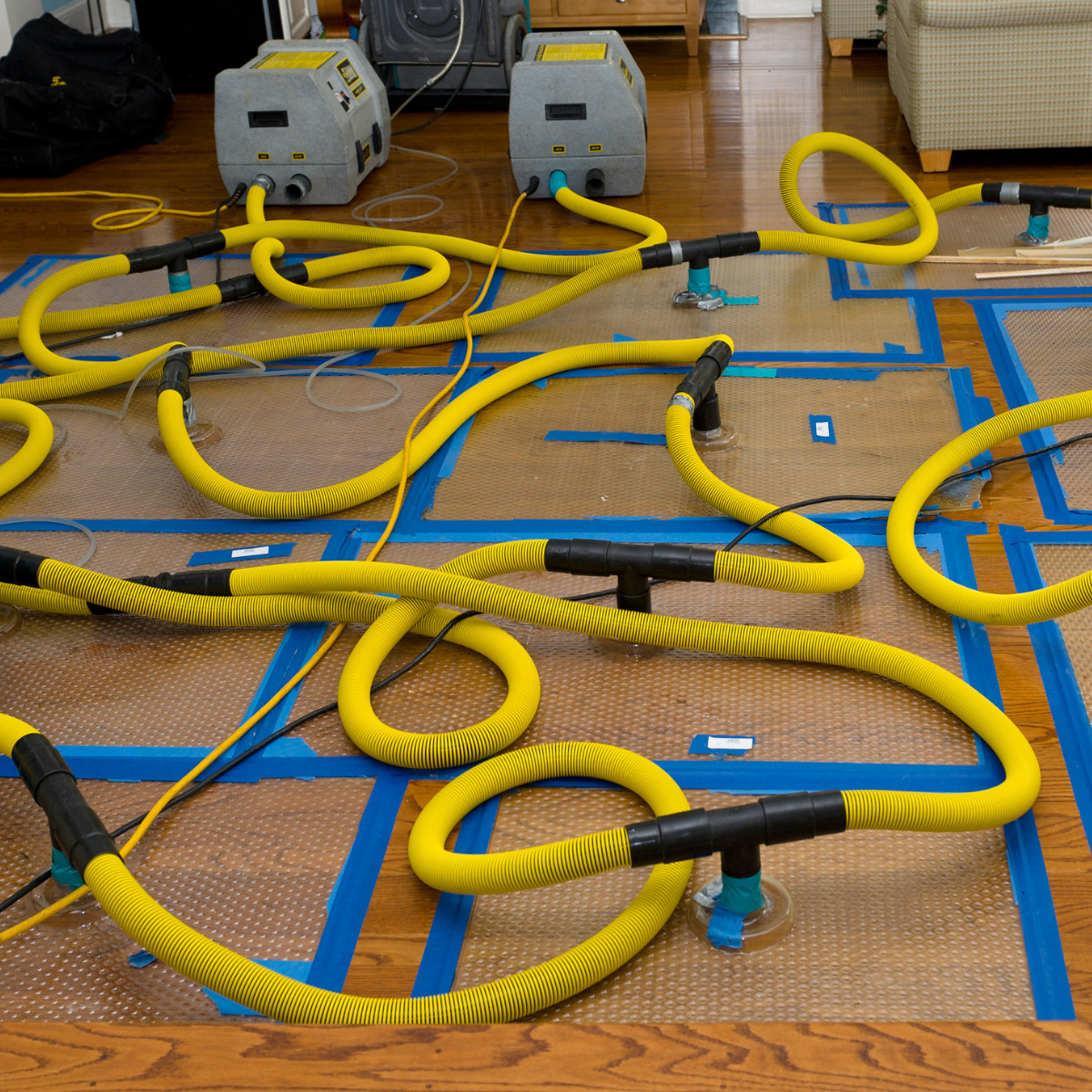Key Flood Cleanup Services FAQs for homeowners
Water Damage Restoration 101: Recognizing the Process and Cost
Water damage can strike unexpectedly, leaving property owners in a state of confusion. Understanding the remediation process is essential for effective healing. From assessing the damage to choosing the ideal company, each action affects the general outcome and cost. Elements such as the sort of water damage and necessity also play a significant role. What are the details strategies made use of in repair, and exactly how can one get ready for potential expenditures?
Sorts Of Water Damage
Water damage can develop from different sources, each presenting distinct obstacles for reconstruction. The 3 key sorts of water damage are categorized based upon contamination degrees: clean water, grey water, and black water. Tidy water stems from sources like busted pipelines or rainwater, posing marginal health and wellness risks. Gray water, that includes wastewater from sinks or cleaning equipments, contains contaminants that might trigger pain or health problem if consumed. Black water, the most unsafe group, comes from sewer or floodwaters, consisting of damaging bacteria and virus. Each kind requires specific remediation strategies and precaution to efficiently address the damage and alleviate wellness dangers. Comprehending these differences is crucial for experts and homeowners associated with the water damage reconstruction process.
Preliminary Analysis and Inspection
A comprehensive preliminary analysis and inspection are vital action in the water damage repair procedure. This stage starts with a specialist reviewing the extent of the damage, recognizing the resource of the water breach, and establishing the kind of water entailed - Flood Cleanup Services. Technicians utilize specialized equipment to determine moisture levels in various materials, such as wall surfaces, floors, and furnishings. In addition, they assess architectural integrity and possible health and wellness risks, including mold and mildew growth. The searchings for from this evaluation inform the restoration strategy, guiding needed actions and source allotment. Precise documentation of the damage is essential for insurance coverage claims and future recommendation. Generally, this first assessment lays the groundwork for efficient remediation, making certain a comprehensive action to the specific situation available

Water Removal Techniques
Complying with the first analysis, effective water extraction methods are utilized to alleviate damage and stop further problems. These strategies involve the use of specific tools such as industrial-grade vacuums and submersible pumps. The selection of technique depends on the quantity of water existing and the kind of materials affected. For standing water, completely submersible pumps are normally made use of for fast removal, while vacuums are optimal for drawing out water from carpets and upholstery. In addition, progressed methods like water extraction mats may be utilized for hard-to-reach areas. The objective is to get rid of as much water as feasible, reducing the capacity for mold development and structural damage. Trigger and efficient water extraction is important in the general water damage restoration procedure.
Drying and Dehumidification Process
As soon as the water removal is complete, the drying and dehumidification process ends up being critical to recovering the afflicted location. This stage normally uses industrial-grade dehumidifiers and air moving companies to properly lower moisture degrees. The dehumidifiers pull in damp air, getting rid of excess moisture, while air movers distribute air to accelerate evaporation. Surveillance tools is often utilized to track humidity and temperature level levels, making certain excellent drying problems. The duration of this procedure can differ depending upon the extent of the water damage and ecological variables. It is important to thoroughly completely dry all impacted materials, consisting of walls, flooring, and furnishings, to stop mold and mildew growth and structural damage. Appropriate execution of this step is vital for an effective reconstruction outcome.
Cleaning Up and Disinfecting Affected Locations

Initial Analysis and Examination
Before starting any kind of reconstruction initiatives, a complete first assessment and assessment of the affected areas are essential for effective cleansing and sanitizing. This process entails identifying the degree of water damage, determining the source of the water invasion, and examining the products affected. Examiners typically search for indicators of mold growth, structural stability issues, and damaged personal belongings. The evaluation additionally includes examining wetness degrees using specific tools to assure no hidden water pockets stay, as these can cause more difficulties. Recording the findings is necessary for intending the following action in the restoration process. A comprehensive preliminary assessment allows repair specialists to devise a targeted approach for effective cleaning and disinfecting, ultimately decreasing damage and health and wellness threats.
Cleaning Strategies and Products
Efficient cleaning and sterilizing of water-damaged areas need a selection of strategies and products tailored to the certain products influenced. For permeable surfaces like drywall and carpeting, removal approaches are crucial to eliminate excess wetness, adhered to by deep cleansing with specialized detergents. Non-porous materials such as floor tile or steel can be cleaned up using commercial-grade cleansers that effectively remove contaminants. Vapor cleansing is one more effective strategy, especially for carpets and furniture, as it makes use of heats to eliminate bacteria and mold and mildew. Furthermore, environment-friendly products are increasingly preferred for their security and efficacy. Inevitably, choosing the suitable cleaning methods and items not only assures prompt cleanliness yet likewise aids in avoiding further damage and wellness threats linked with water invasion.
Sanitization and Disinfection Techniques
When dealing with water damage, correct sanitization and sanitation methods are essential to ensure the safety and security and health and wellness of the affected atmosphere. After first cleaning, surfaces need to be treated with appropriate anti-bacterials to remove microorganisms, mold, and microorganisms that thrive in damp problems. Common techniques consist of making use of EPA-approved chemical disinfectants, which can be applied via splashing or wiping strategies. Additionally, ultraviolet (UV) light systems can properly sanitize next locations by counteracting microbes without rough chemicals. The selection of approach often relies on the sort of products impacted and the level of contamination. Eventually, thorough sanitization not only recovers a risk-free living area but also assists avoid future health threats related to sticking around moisture and mold and mildew development.

Repairs and Restoration Options

Aspects Influencing Restoration Expenses
The level of water damage directly impacts the reconstruction costs property owners can anticipate to incur. Variables such as the source of the water, the duration of direct exposure, and the affected materials considerably affect pricing. Tidy water damage from a damaged pipe is usually much less expensive to restore contrasted to damage triggered by sewer (Flood Cleanup Services). Additionally, the level of contamination determines the requirement for specialized cleansing and disposal services, better raising costs. Geographical location additionally contributes, as local labor prices and accessibility of repair solutions can vary. The seriousness of the action impacts prices; quicker interventions normally lead to lower general expenditures by protecting against additional damage. Recognizing these factors is crucial for property owners when approximating remediation costs
The three primary types of water damage are classified based on contamination degrees: clean water, grey water, and black water. A thorough first analysis and inspection are vital actions in the water damage repair process. For standing water, completely submersible pumps are commonly used for rapid elimination, while vacuums are perfect for removing water from rugs and upholstery. The level of water damage directly affects the remediation costs property owners can expect to sustain. Clean water damage from a damaged pipeline is normally less expensive to bring back contrasted to damage triggered by sewer.